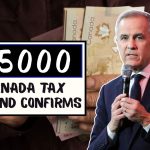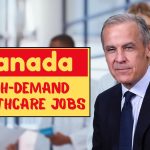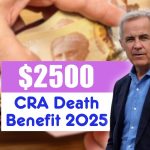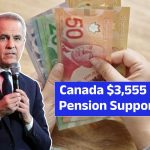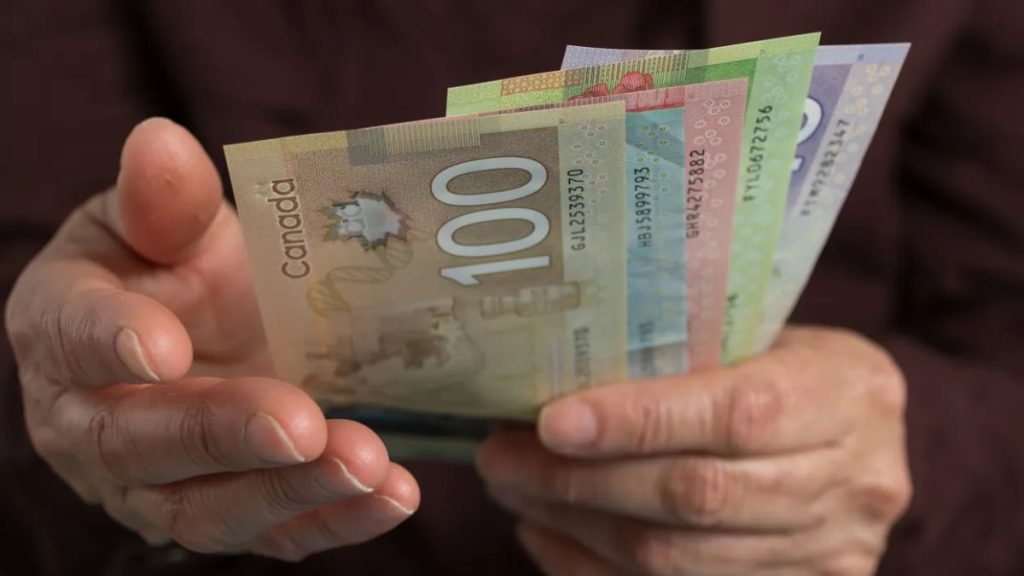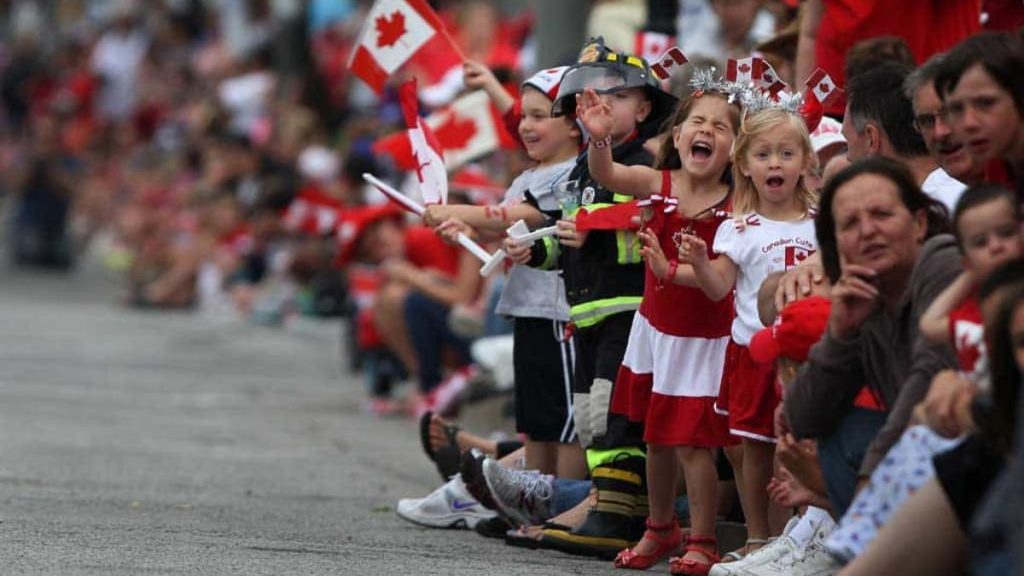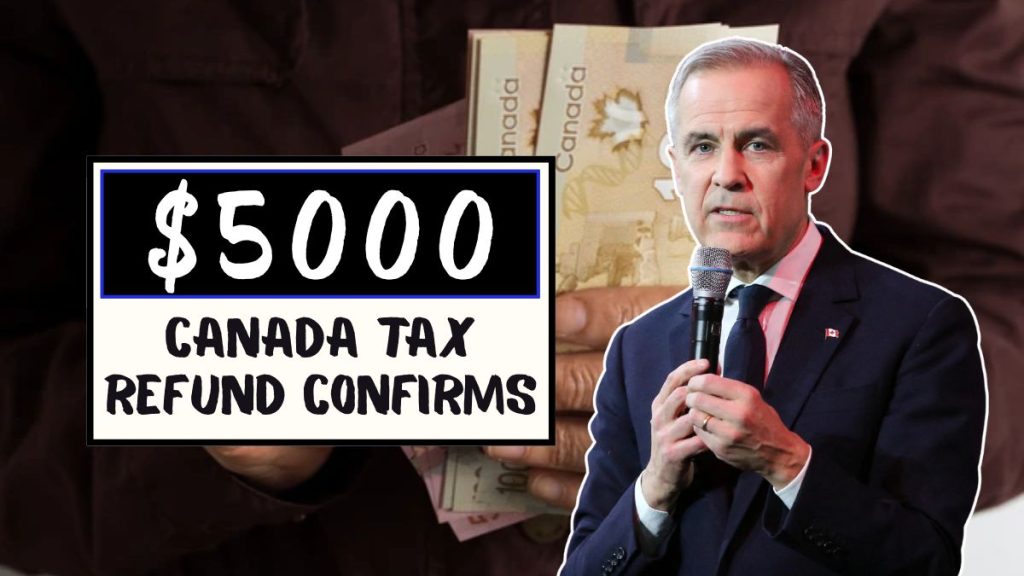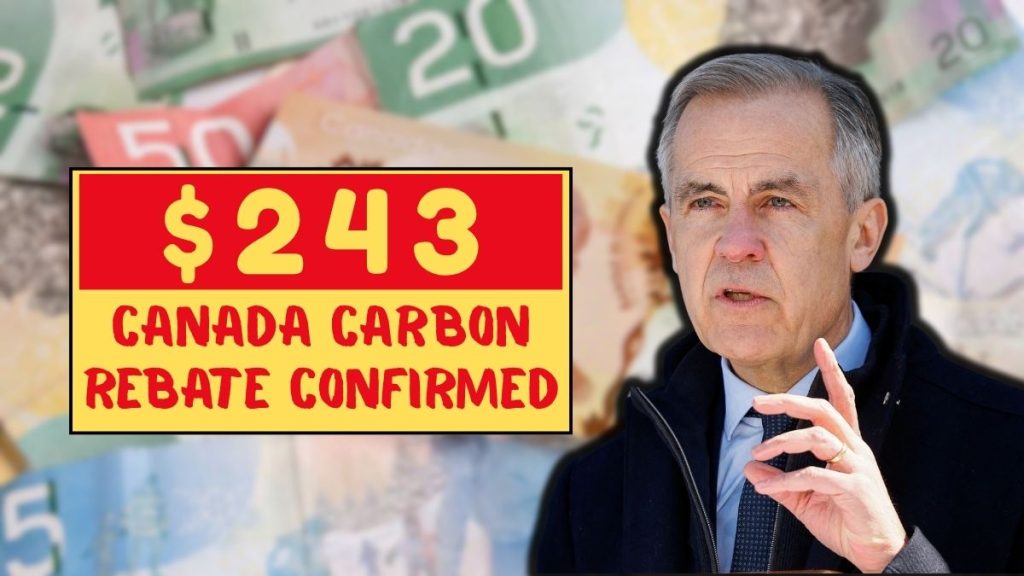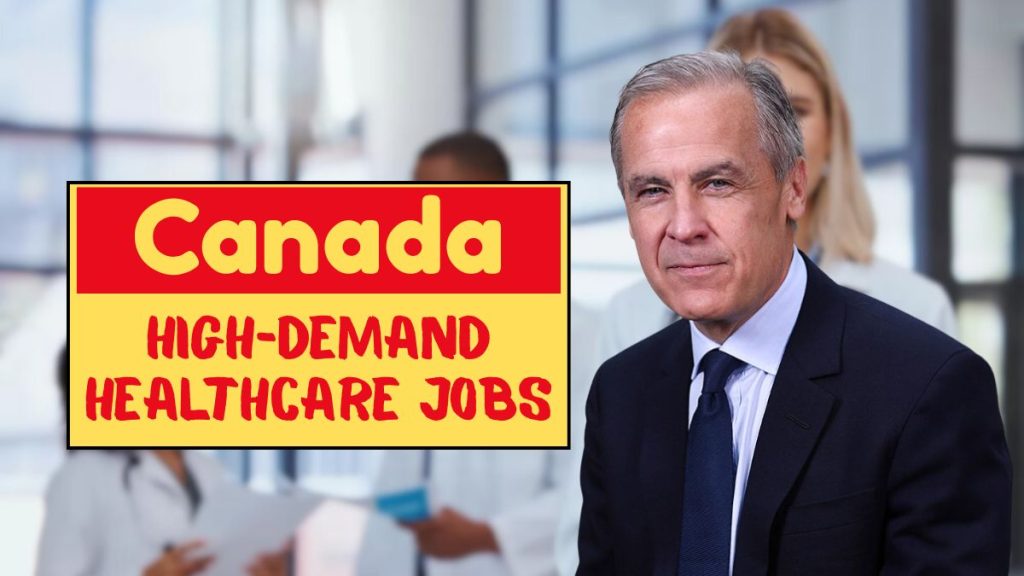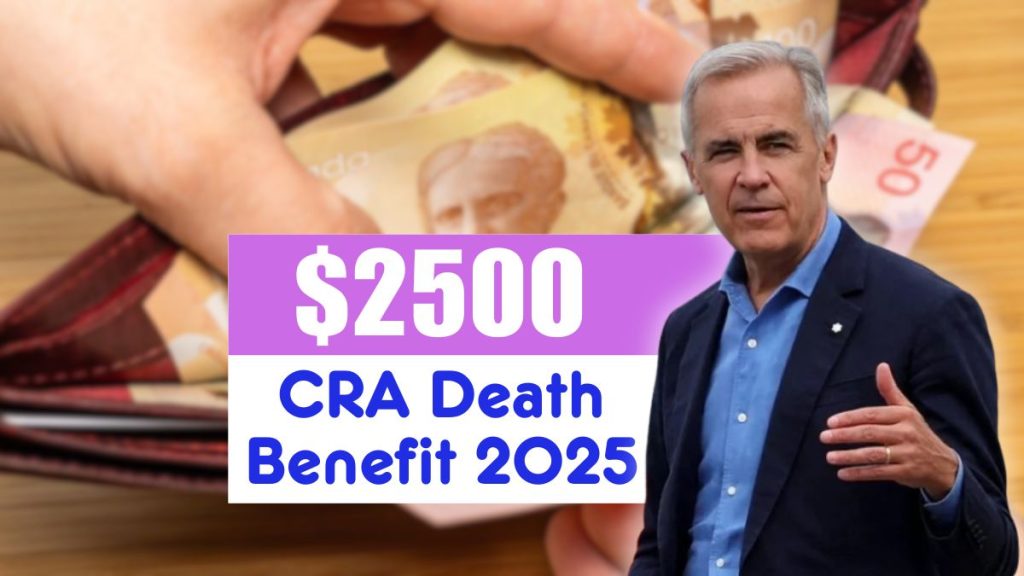The Department for Work and Pensions (DWP) has confirmed a new £600 Cost of Living Boost for eligible UK residents starting October 2025. As the cost of living continues to rise, this payment aims to help struggling households manage essential expenses such as energy bills, rent, groceries, and transportation.
This one-off payment forms part of the government’s wider effort to support vulnerable citizens amid ongoing inflation and higher household costs. The DWP has now released key information on who qualifies, when payments will be made, and how to claim the £600 support.
What Is the £600 Cost of Living Boost?
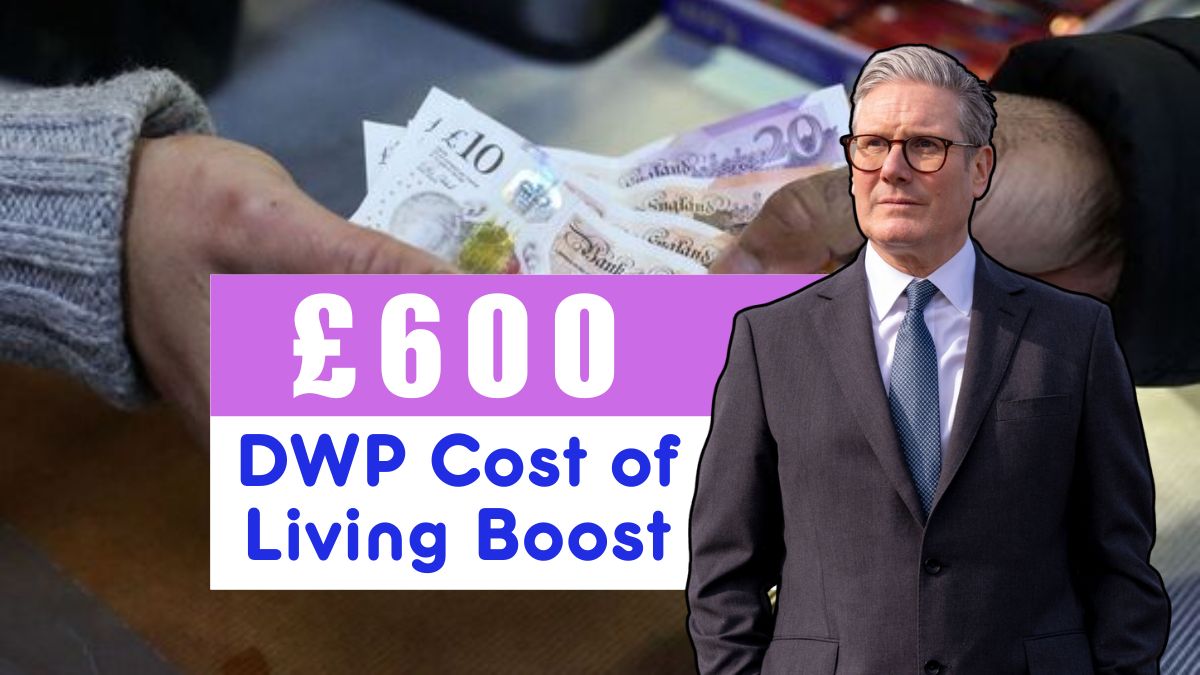
The £600 Cost of Living Boost is a one-time financial support payment designed to help UK residents cope with the rising cost of essential goods and services. It is not a loan or advance—recipients will not have to pay it back.
Unlike Universal Credit or Pension Credit, this payment is a special top-up grant created to ease financial pressures caused by inflation, energy price hikes, and housing costs.
The DWP has clarified that most recipients will receive the payment automatically, meaning there is no separate application process for eligible households.
Why the £600 Payment Is Being Introduced
Over the past few years, UK households have faced record-high inflation, with food prices and energy costs rising faster than incomes. The government designed the £600 boost to bridge short-term financial gaps and protect low-income families, pensioners, and benefit claimants from financial strain.
It also serves as an immediate response to the winter season’s higher energy demands, ensuring that no one is forced to choose between heating and food.
Who Is Eligible for the £600 DWP Payment?
Eligibility for the £600 Cost of Living Boost depends primarily on whether a person or household currently receives certain benefits. To qualify, you must be claiming at least one of the following:
- Universal Credit
- Pension Credit (Guarantee or Savings Credit)
- Income Support
- Income-Based Jobseeker’s Allowance (JSA)
- Income-Related Employment and Support Allowance (ESA)
If you are not receiving one of these benefits, you may not automatically qualify for the £600 payment. However, some discretionary schemes may provide additional local support through council or community programs.
Residency and Age Criteria
To receive the payment, claimants must be living in the UK during the qualifying period. For certain benefits such as Pension Credit, recipients must be above the state pension age.
Universal Credit and ESA recipients do not have age restrictions, but their eligibility depends on income and personal financial circumstances.
How Much Will You Receive?
Each eligible household will receive £600 as a one-off payment.
In some cases, couples may receive the payment jointly or separately, depending on how their benefits are structured. The DWP has confirmed that this support is non-taxable and will not be reduced by other benefits or deductions.
This ensures that households receive the full £600 directly into their bank accounts.
When Will the £600 Payment Be Made?
The payment rollout begins in early October 2025, and the DWP expects to complete all transfers by the end of October.
However, payment dates may vary based on your benefit type:
- Universal Credit recipients – Payment will appear alongside regular benefit deposits.
- Pension Credit and legacy benefit recipients – Payment will likely be made separately during October.
To confirm your payment date, the DWP recommends checking your benefit statements or online DWP account regularly.
How the Payment Will Be Delivered
The DWP will issue the £600 boost using the same payment method you currently receive your benefits:
- Bank Transfer – Direct deposit into your usual bank account.
- Post Office Card Account – Funds added automatically.
- Cheque – For rare cases where direct deposit is unavailable.
No application form or action is needed from claimants. Payments will appear automatically in your account with a reference such as “DWP Cost of Living Payment.”
What You Can Use the £600 For
There are no spending restrictions on the £600 payment. However, the government encourages recipients to use it responsibly for essential expenses such as:
- Energy bills (gas, electricity, water)
- Rent or mortgage payments
- Food and groceries
- Transport or fuel costs
- Medical or household essentials
For families and pensioners, this payment can offer vital short-term relief, helping them manage through the colder months without cutting back on basic needs.
What to Do If You Haven’t Received the Payment
If you believe you qualify but have not received the payment by the end of October 2025, contact the DWP immediately.
Common reasons for delays include:
- Incorrect or outdated bank details on file.
- Pending benefit applications or reviews.
- Residency or eligibility status not updated.
Before contacting DWP, check your bank statement for any pending deposits or missed notifications. You can also log in to your Universal Credit or Pension Credit account to view updates.
Tax Implications of the £600 Payment
The DWP has confirmed that the £600 Cost of Living Boost is non-taxable. It will not count as income for benefit calculations, meaning your Universal Credit or Pension Credit will remain unaffected.
You will not need to report it to HMRC, and it will not change your tax code or personal allowance.
Other Support Available Alongside the £600 Boost
The £600 payment is part of a larger support package designed to help UK households navigate high living costs. Additional assistance may include:
- Warm Home Discount Scheme – Helps eligible households reduce energy bills.
- Winter Fuel Payment – Annual support for pensioners to cover heating costs.
- Local Council Grants – Available in some areas for low-income families or emergency needs.
- Cold Weather Payment – Provided when temperatures drop below a certain threshold for consecutive days.
Checking your eligibility for these programs can provide additional financial relief beyond the £600 boost.
How the £600 Boost Helps Families and Pensioners
For pensioners, the extra £600 can make a big difference during the winter months. Many older residents face higher energy costs and limited fixed incomes, making this payment vital for maintaining warmth and comfort.
For families, especially those with children, the payment can help offset back-to-school expenses, grocery costs, and transport fees. It also eases reliance on credit cards or short-term loans, reducing debt pressure.
The payment also brings peace of mind—allowing households to focus on essentials without cutting corners or falling behind on bills.
Smart Ways to Use the £600 Payment
Although the £600 payment provides welcome relief, it’s still a one-off payment, so using it wisely is key. Consider these steps:
- Prioritise Utilities: Pay overdue or upcoming energy and water bills first.
- Plan for Winter: Stock up on non-perishable food and household supplies.
- Set Aside Savings: Reserve a small amount for emergencies.
- Pay Down Debt: Reduce high-interest loans or credit card balances if possible.
- Avoid Scams: Only trust official DWP or GOV.UK updates—never respond to unsolicited texts or emails.
FAQs on the £600 DWP Cost of Living Payment
Q1: Do I need to apply for the £600 Cost of Living Boost?
A: No. Payments will be made automatically to all eligible individuals based on their existing benefit status.
Q2: When will I receive the payment?
A: Payments will begin in early October 2025 and continue throughout the month.
Q3: Will the £600 affect my Universal Credit or Pension Credit?
A: No. The payment is tax-free and will not impact other benefit entitlements.
Q4: What if I haven’t received my payment by the end of October?
A: Contact the DWP helpline or check your online account to confirm your eligibility and payment status.
Q5: Can both partners in a couple receive the payment?
A: It depends on how your benefits are structured. In most cases, couples receive one joint payment per household.


